Wet carpets can be a homeowner's nightmare, leading to potential mold growth and lasting damage if not addressed promptly. Fortunately, with the right approach, you can dry your wet carpet effectively without professional help. Here, we break down expert tips and steps to teach you how to dry wet carpets.
Before Start Drying a Wet Carpet, Things to Know
Before you start the drying process, it's essential to understand a few key points. Acting quickly is crucial to prevent mold and mildew from setting in, as these can cause health issues and further damage to your home.
You should also assess the extent of the water damage to determine whether the carpet can be salvaged or if professional intervention is required. Ensure to address the water leak or flooding source to prevent future occurrences.

How Do You Know if Your Carpet Is Wet?
Sometimes, a wet carpet is obvious due to visible water or dampness. However, at other times, it may be less apparent. Look for signs like a musty odor, discoloration, or damp spots when you touch the carpet.
Should You Let Wet Carpets Sit?
No, letting wet carpet sit can lead to mold and mildew growth. Address the moisture as quickly as possible to prevent long-term damage.
Address the Source of the Water
Before drying a wet carpet, identify and address the source of the water. Whether it's a spill, leak, or flooding, ensuring the source is managed will prevent further moisture from seeping into your carpet.
What You'll Need
Before you begin the drying process, gather the following items to ensure you're well-prepared:
Equipment / Tools
Wet/Dry Shop Vacuum
Towels
Fans
Dehumidifier
Air Scrubbers
Steam Cleaner (Optional)
Materials
Baking Soda
Sanitizing Solution
7 Tips on How to Dry Wet Carpets
Before diving into the expert tips, make sure you have everything you need and are ready to take swift action. Here are seven expert tips for drying a wet carpet effectively:
1. Remove the Moisture
Start by removing as much water as possible. Use a wet/dry shop vacuum to extract the bulk of the water from the carpet. Work slowly and methodically to ensure maximum removal.
2. Soak Up Remaining Water with Towels
Lay down clean, absorbent towels over the wet area of the carpet. Press down firmly to soak up as much remaining moisture as possible. Replace the towels as they become saturated.
3. Create Air Flow
To dry the carpet completely, create good airflow in the room. Open windows and doors to allow fresh air to circulate. Place fans, air movers or Baseaire dehumidifier around the room, directing air towards the wet areas of the carpet.
4. Apply a Layer of Baking Soda
Sprinkle baking soda over the damp carpet. Baking soda helps absorb moisture and neutralize any odors. Let it sit for several hours, or ideally overnight, before vacuuming it up.
5. Sanitize Other Room Surfaces
Water damage can affect more than just the carpet. Wipe down walls, furniture, and any other surfaces that came into contact with the water using a sanitizing solution. This helps prevent mold and mildew growth.
6. Steam Clean
If you have access to a steam cleaner, use it to clean and sanitize the carpet once the majority of the moisture has been removed. This deep cleaning helps kill any bacteria and restore the carpet's appearance.
7. Replace Carpet Padding
If the carpet padding underneath is soaked, it may be necessary to replace it. Padding retains moisture longer than the carpet itself and can be a breeding ground for mold.

What Should I Do if I Can't Lift Up the Carpet and Can't Get a Water Vacuum?
If you're unable to lift up the carpet and don't have access to a water vacuum, you can still effectively manage the situation to prevent mold growth and mitigate damage. Here's a plan of action based on commonly available household items and techniques:
Start by using a cotton bed sheet to soak up as much water as possible. Once you've absorbed the initial water, spread several layers of newspaper over the damp area. Press down on the newspapers using a heavy object, repeating this process two or three times until most of the water is absorbed. Cover the area with another layer of newspaper and leave it overnight under a fan to facilitate drying. If available, you can use a heater fan to speed up the drying process, but make sure to monitor it closely to avoid any potential hazards.
Special Note: Anything that comes into contact with black water (sewage) may need to be discarded, including carpeting and padding. This is because sewage can contain high levels of pathogens, bacteria, viruses and other harmful microorganisms. These microorganisms emitted into the air may cause health problems such as infections and illnesses. With clean water, it is often possible to save carpeting, but it may not be practical to save carpet padding.
Tips for Keeping Carpets Mold and Mildew-Free
Keeping your carpets mold and mildew-free requires regular maintenance and proactive measures. Below, we outline essential tips to help you maintain a clean, dry, and healthy carpet environment in your home.
Regular Inspections: Check your carpets regularly for any signs of dampness or odor.
Quick Response: Address spills and leaks immediately to prevent moisture from seeping in.
Routine Cleaning: Regularly clean and sanitize your carpets to maintain their condition and prevent mold growth.
Use an Air Scrubbers: These are effective for air purification and moisture control, essential tools for preventing mold growth.
Conclusion
By following these expert tips, you can effectively dry wet carpet and prevent any long-term damage. Remember, quick action and thorough drying are key to maintaining the integrity and appearance of your carpets.

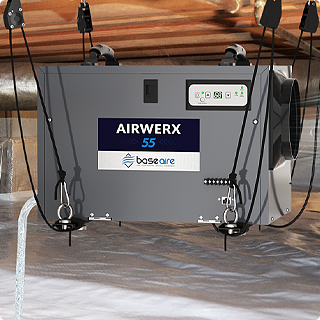
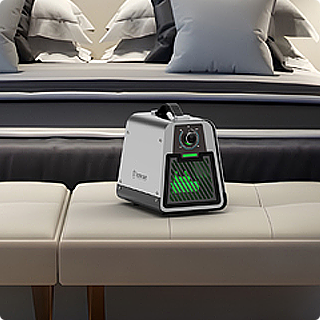
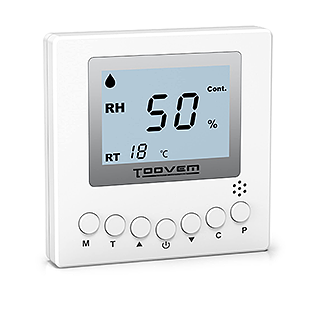
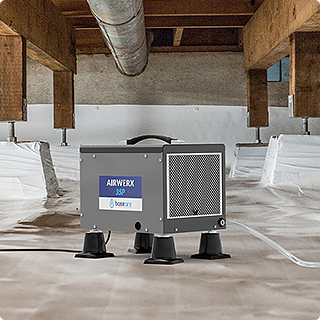
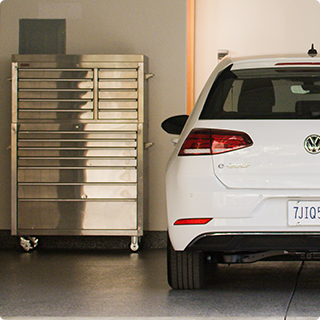
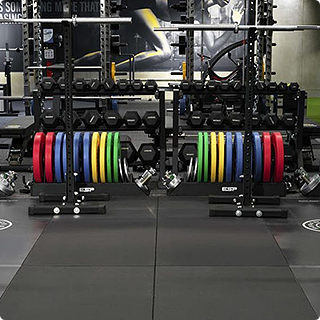
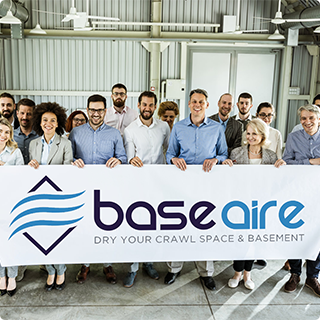

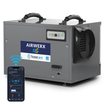
![BaseAire 888 Pro 7,000 mg/h Ozone Generator, Digital O3 Machine Home Ozone Machine Deodorizer - Ozone Generator from [store] by Baseaire - Disinfection, Ozone Generator](http://www.baseaire.com/cdn/shop/products/888-Pro-_-1.jpg?v=1698817267&width=104)
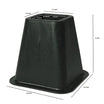

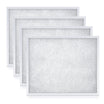
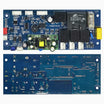
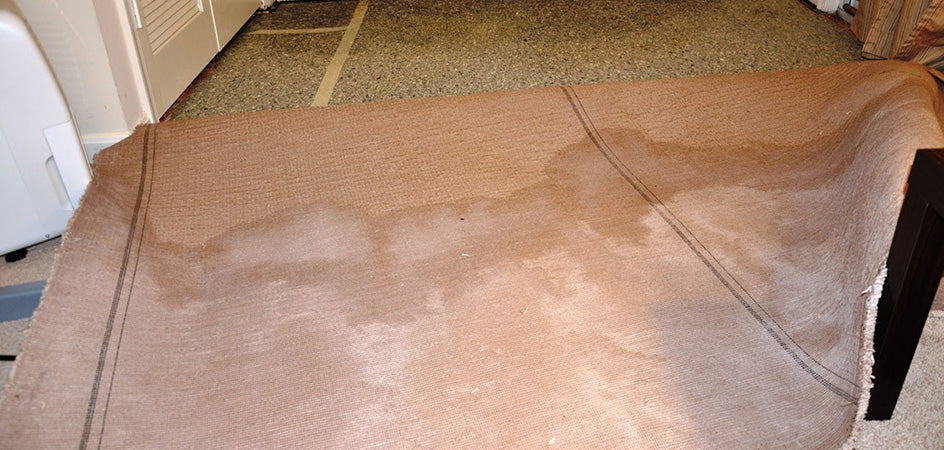
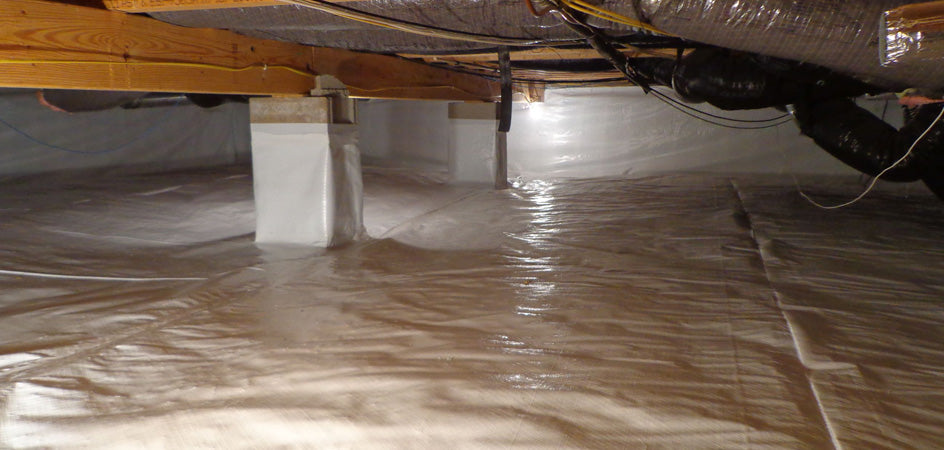

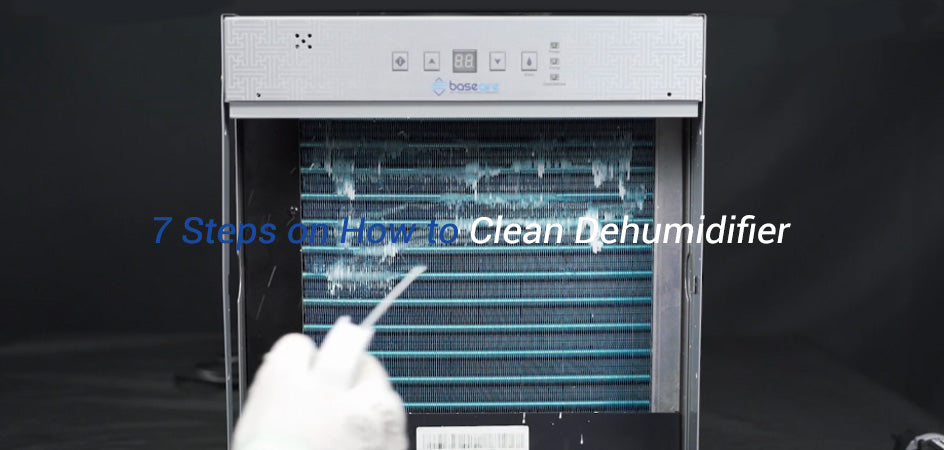




Leave a comment
All comments are moderated before being published.
This site is protected by hCaptcha and the hCaptcha Privacy Policy and Terms of Service apply.